#Langres
Text

Rack railway of Langres, Champagne region of France
French vintage postcard
#historic#photo#briefkaart#vintage#region#champagne#sepia#photography#railway#carte postale#postcard#postkarte#france#postal#tarjeta#ansichtskarte#langres#old#french#rack#ephemera#postkaart
8 notes
·
View notes
Text
Een onverwachtse groeve

Source De La Marne
In Balesmes-Sur-Marne ergens halverwege Langres en het Franse gehucht Bourg ligt de oorsprong van de rivier de Marne. Omdat het vanaf mijn vakantieverblijf prima aan te lopen was, althans volgens de kaart, besloot ik erheen te wandelen. De route bekeek ik vooraf, dat leek me genoeg. Ik heb een uitstekend richtingsgevoel.
Gaandeweg de route ontdekte ik dat iemand de moeite had genomen de route te markeren. Op bomen en palen langs de weg waren, enigszins met de Franse slag, kloddertje geel hier, streepje groen daar, merktekens aangebracht. Enkele paaltjes waren tevens voorzien van een bordje met daarop de eindbestemming. Dankbaar volgde ik het groengele spoor. Wel zo makkelijk!
Alles liep als een trein. Ik had de pas er flink in en de weg liet zich makkelijk vinden. Keertje naar links, keertje naar rechts, goed kijken bij het oversteken en daarna… Daarna was ik de plotsklaps de weg kwijt. Letterlijk. Volgens de markering moest ik rechtdoor, maar volgens mij kon dat niet. Althans niet op een fatsoenlijke manier. Voor mij was enkel boerenland; een vers geploegde akker, dat leek mij niet het rechte pad. En daarom besloot ik, geheel tegen de instructie in, naar rechts te gaan. Daar zag ik namelijk iets wat op een landweg leek.
Een verlaten groeve
De ingeslagen weg voerde mij door een prachtig en buitengewoon gevarieerd natuurgebied. Struwelen, rotspartijen en velden vol bloeiende kruiden en eenjarigen wisselden zich met enige regelmaat af. Bij iedere stap die ik deed werd het mooier. Toen ik na enkele honderden meters aan de rand van een klif stond en de situatie eens rustig overzag, begreep ik waar ik was beland. Die steile kliffen, die stapels rotsblokken dat meertje in het midden. Dit was een voormalig groeve. Dat kon haast niet anders.

Wanneer Brilmans in een groeve terechtkomt, hoe dan ook, dan gaan de alarmbellen af. Daar valt namelijk altijd iets te halen. Wat is afhankelijk van de groeve, maar dat het interessant is, dat staat eigenlijk bij voorbaat al vast. Die groeve ligt er tenslotte niet voor niks.
Omdat ik niet kon wachten besloot ik de dichtstbijzijnde steenhoop direct te bemonsteren. Al snel vond ik een fragment van aan mantelschelp en even rap een tweede. Kort daarna vond ik er nog een en nog een en nog een. Het hield niet op. Het gesteente zat er vol mee. Op sommige plekken vormden ze centimeters dikke lagen. Welke soort het precies betreft durf zo niet te schrijven, maar het lijkt op de Aequipecten opercularis die ik uit het Pliocene materiaal van de Westerschelde ken.
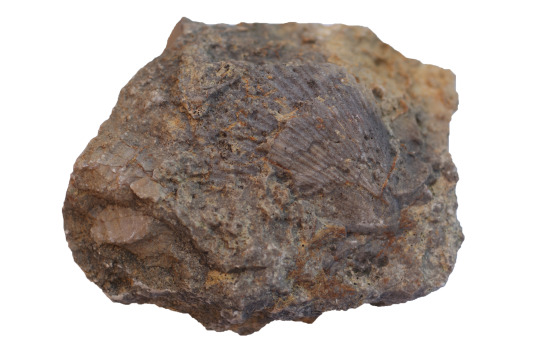
Een stuk kalksteen met diverse fragmenten van mantelschelpen.
Zonder dat ik er erg in had, zocht ik het vervolg van de wandeling naar fossielen. Enthousiast inspecteerde ik de hopen breuksteen die ik er trof. En zo geschiedde het dat ik die dag een aantal interessante fossielen, maar niet de oorsprong van de Marne vond.
De fossielen
Hieronder een aantal van de fossielen die ik in de groeve vond. Voorlopig allemaal ongedetermineerd.

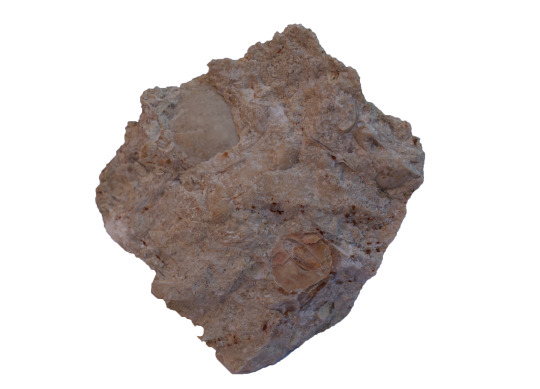


2 notes
·
View notes
Text
Overdenkingen bij (Frans) kolonialisme
bron beeld: theconversation.com
In Filosofische gesprekken van filosoof Dennis Diderot (1713-1784) komt een interessant thema aan de orde dat over kolonialisme gaat. Hoe is het als er eerdaags een schip aan de horizon opduikt, er mensen van boord stappen, een paal in de grond slaan met een bord waarop staat: dit is vanaf nu van ons.
Het eiland Tahiti overkwam dat in de dagen van Diderot zelfs…
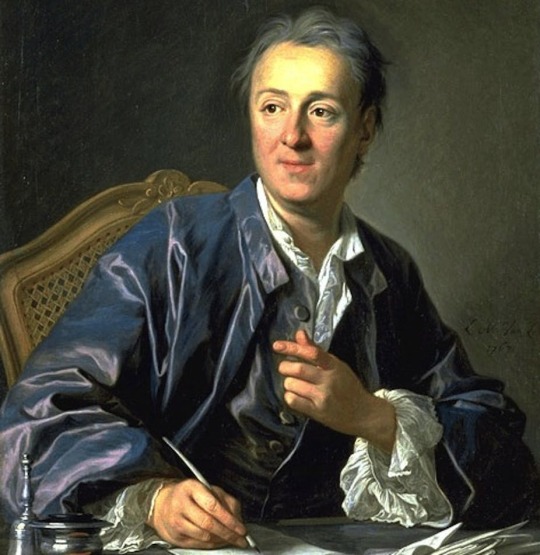
View On WordPress
#18-de eeuws#arbeid#behoeften#broeder#deugden#duivel#eigen beeltenis#eiland#filosoof#Frankrijk#God#instinct#inwoners#kolonialisme#Langres#mijn en dijn#natuur#nutteloze kennis#onwetendheid#schijnwelvaart#slavernij#stelen#verschil
0 notes
Text
Les influences reçues de Denis Diderot sont Voltaire et Isaac Newton
0 notes
Photo

MeríDio - Rendez-vous mercredi 9 novembre à 20h30 💃🏻💃🏻💃🏻💃🏻💃🏻💃🏻 . @langresgrandlangres . #photography @frederiqueclphotos . #linkinbio #meridio #compagnie #dance #hiphop #mehdia #creation #compagniemehdia #culture #langres #ciemehdia #theatre #theater #teatre #partage #team #ladys #chalonsursaone #italia #france #cyprus #greece #bolivia #martinique https://www.instagram.com/p/CkgLDb2tuer/?igshid=NGJjMDIxMWI=
#photography#linkinbio#meridio#compagnie#dance#hiphop#mehdia#creation#compagniemehdia#culture#langres#ciemehdia#theatre#theater#teatre#partage#team#ladys#chalonsursaone#italia#france#cyprus#greece#bolivia#martinique
1 note
·
View note
Photo

Jacques de Langre - The First Book of Dō-in..Guide Practique 1 - Happiness Press - 1971
11 notes
·
View notes
Text
2024 Tournament Dinners:
16/03/2024





Fra 🇫🇷 33 v 31 Eng 🏴
French onion soup with cheese croutons, coq au vin with dauphinois potatoes and green beans, profiteroles, Langres and Roquefort cheeses and biscuits.
#french onion soup#croutons#coq au vin#dauphinois potatoes#green beans#profiteroles#langres cheese#roquefort
0 notes
Note
There is a difference between Bollywood and Bombay cinema?
listen, subcontinental cinema began in bombay; the very first exhibition of the lumieres' cinematographe was held there in 1896, a few months after its debut in paris, 1895. this event predates the discursive existence of bollywood and hollywood. shree pundalik and raja harishchandra, the films that are generally considered the very first subcontinental features were also exhibited there first.
subcontinental cinema under british colonialism was produced in certain metropolitan centers such as lahore, hyderabad, and calcutta; bombay was just one of them. in 1947, when the indian nation state was formally inaugurated, the idea of a "national cinema" began forming, but given the cultural and linguistic heterogeneity of the indian union, this was quite untenable. regional popular cinemas flourished well into the 1950, 60s, 70s, and 80s and various art cinemas began taking shape alongside.
under the economy that i'm going to completely elide as "nehruvian "socialism"" bombay cinema focused on broadly "socialist" themes, think of awara (1951), do beegha zameen (1953), pyaasa (1957), all of which focus on inequality in indian economy and society from different perspectives. these films were peppered in with historical dramas, and adaptations from literature, but the original stories tended towards socialist realism. reformist films centering the family generally waxed poetic on the need to reform the family, but i haven't seen enough of these to really comment on them.
the biggest hit of the 70s, sholay (1975) was about two criminals, posited as heroes fighting gabbar singh who was attacking village folk. deewar (1975) also had two heroes, and the stakes were the two brothers' father's reputation; the father in question was a trade union leader accused of corruption.
"alternative cinema" included mani kaul's uski roti (1969) and Duvidha (1973) both of which were situated away from the city. then there's sayeed mirza and his city films, most of them set in bombay; arvind desai ki ajeeb dastan (1978), albert pinto ko gussa kyun aata hain (1980), saleem langre pe mat ro (1989) which are all extremely socialist films, albert pinto was set in the times of the bombay textiles strike of 1982 and literally quotes marx at one point. my point is that bombay cinema prior to liberalization was varied in its themes and representations, and it wasn't interested in being a "national cinema" very much, it was either interested in maximizing its domestic profits or being high art. note that these are all hindi language films, produced in bombay, or at least using capital from bombay. pyaasa, interestingly enough is set in calcutta, but it was filmed in bombay!
then we come to the 1990s, and i think the ur example of the bollywood film is dilwale dulhania le jayenge (1995) which, in stark contrast to the cinema that preceded it, centered two NRIs, simran and raj, who meet abroad, but epitomize their love in india, and go back to england (america?) as indians with indian culture. this begins a long saga of films originating largely in bombay that target a global audience of both indians and foreigners, in order to export an idea of india to the world. this is crucial for a rapidly neoliberalizing economy, and it coincides with the rise of the hindu right. gradually, urdu recedes from dialogue, the hindi is sankritized and cut with english, the indian family is at the center in a way that's very different for the social reform films of the 50s and 60s. dil chahta hai (2001) happens, where good little indian boys go to indian college, but their careers take them abroad. swadesh (2004) is about shah rukh khan learning that he's needed in india to solve its problems and leaves a job at NASA.
these are incidental, anecdotal illustrations of the differences in narrative for these separate eras of cinema, but let me ground it economically and say that bollywood cinema seeks investments and profits from abroad as well as acclaim and viewership from domestic audiences, in a way that the bombay cinema before it did not, despite the success of shree 420 (1955) in the soviet union; there were outliers, there always have been.
there's also a lot to say about narrative and style in bombay cinema (incredibly diverse) and bollywood cinema (very specific use of hollywood continuity, intercut with musical sequences, also drawn from hollywood). essentially, the histories, political economies, and aesthetics of these cinemas are too differentiated to consider them the same. bombay cinema is further internally differentiated, and that's a different story altogether. look, i could write a monograph on this, but that would take time, so let me add some reading material that will elucidate this without sounding quite as fragmented.
bollywood and globalization: indian popular cinema, nation, and diaspora, rini bhattacharya mehta and rajeshwari v. pandharipande (eds)
ideology of the hindi film: a historical construction, madhav prasad
the 'bollywoodization' of the indian cinema: cultural nationalism in a global arena, ashish rajadhyaksha
the globalization of bollywood: an ethnography of non-elite audiences in india, shakuntala rao
indian film, erik barnouw and s. krishnaswamy (this one's a straight history of subcontinental cinema up to the 60s, nothing to do with bollywood, it's just important because the word bollywood never comes up in it despite the heavy focus on hindi films from bombay, illustrating my point)
430 notes
·
View notes
Text
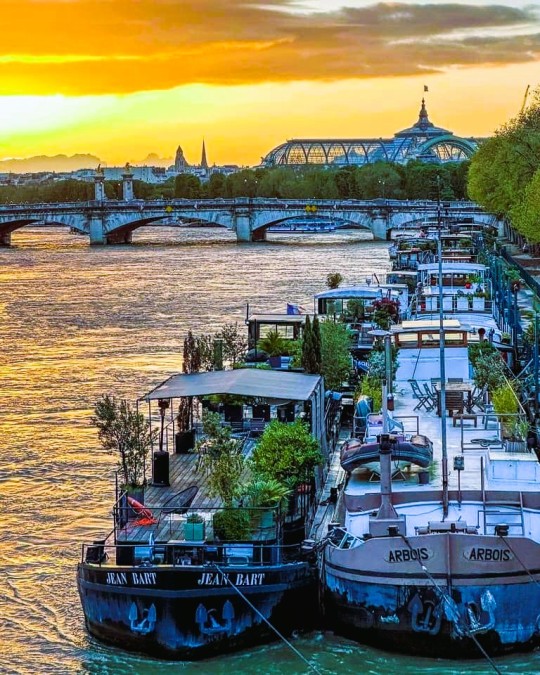
Seine River, Paris France: The Seine is a 777-kilometre-long river in northern France. Its drainage basin is in the Paris Basin covering most of northern France. It rises at Source-Seine, 30 kilometres northwest of Dijon in northeastern France in the Langres plateau, flowing through Paris and into the English Channel at Le Havre. Wikipedia
106 notes
·
View notes
Photo
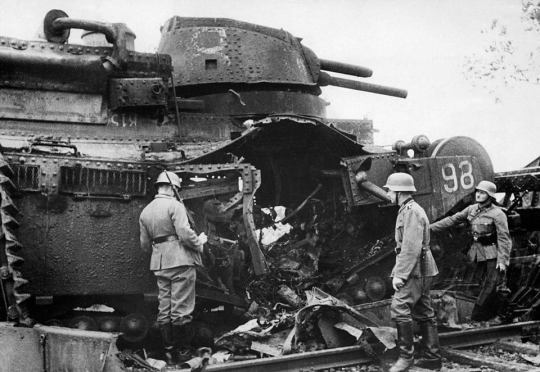
German soldiers inspect the wreck of a Char 2C super-heavy tank, near Langres, France. June 1940
65 notes
·
View notes
Text
@Spanish_Revo
Cantabria también se defiende Tras las masivas manifestaciones en Canarias en contra de la especulación urbanística y el turismo de masas, muchas otras regiones están empezando a despertar y plantar cara a un modelo económico depredador y ecocida que hipoteca a las futuras generaciones para que unos pocos puedan llenarse los bolsillos. El cambio climático y la masificación de otras zonas hacen que Galiza, Cantabria o Asturias estén en el punto de mira de estos especuladores, que ni siquiera disimulan sus intenciones. La “Ibiza del Norte” es en lo que quieren convertir a un paraje natural único construyendo un macrocomplejo turístico en una extensa área natural entre Loredo y Langre, con 350 segundas residencias y un campo de golf que supondrían la destrucción irreversible de una parte muy importante de la costa cántabra. ¿Realmente queremos regalar a empresas privadas los pocos espacios naturales que nos quedan? #18MCantabriaSeDefiende #CantabriaSeDefiende
8 notes
·
View notes
Text

Rack railway of Langres, Champagne region of eastern France
French vintage postcard
#champagne#rack#briefkaart#vintage#postcard#postkaart#france#sepia#eastern#carte postale#postal#langres#railway#french#photo#region#ansichtskarte#ephemera#historic#photography#tarjeta#postkarte
2 notes
·
View notes
Text
Raoul Dufy (France 1877-1953)
Moisson de Langres - Harvest at Langres (1914)
oil on canvas 33 x 41 cm
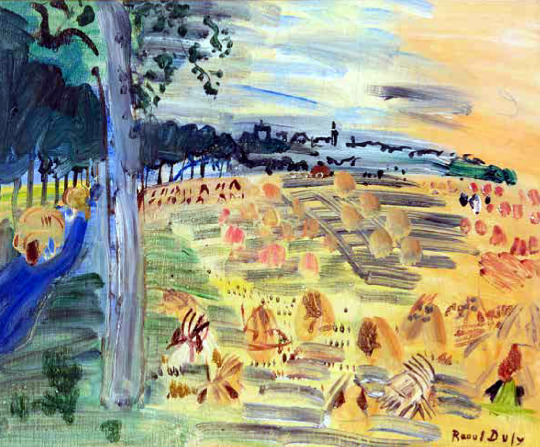
19 notes
·
View notes
Text
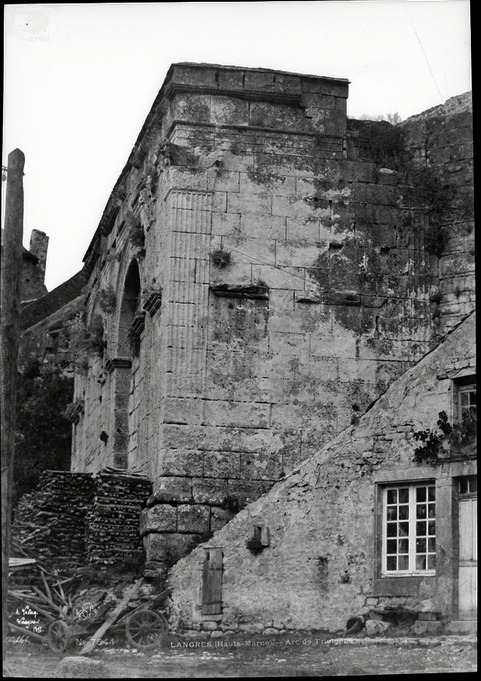
Henri Le Secq
Arc de Triomphe, vue de profil *
Langres 1856
*positif by me
56 notes
·
View notes
Text
Denis Diderot, né le 5 octobre 1713 à Langres et mort le 31 juillet 1784 à Paris, est un écrivain, philosophe et encyclopédiste français des Lumières, à la fois romancier, dramaturge, conteur, essayiste, dialoguiste, critique d'art, critique littéraire et traducteur.
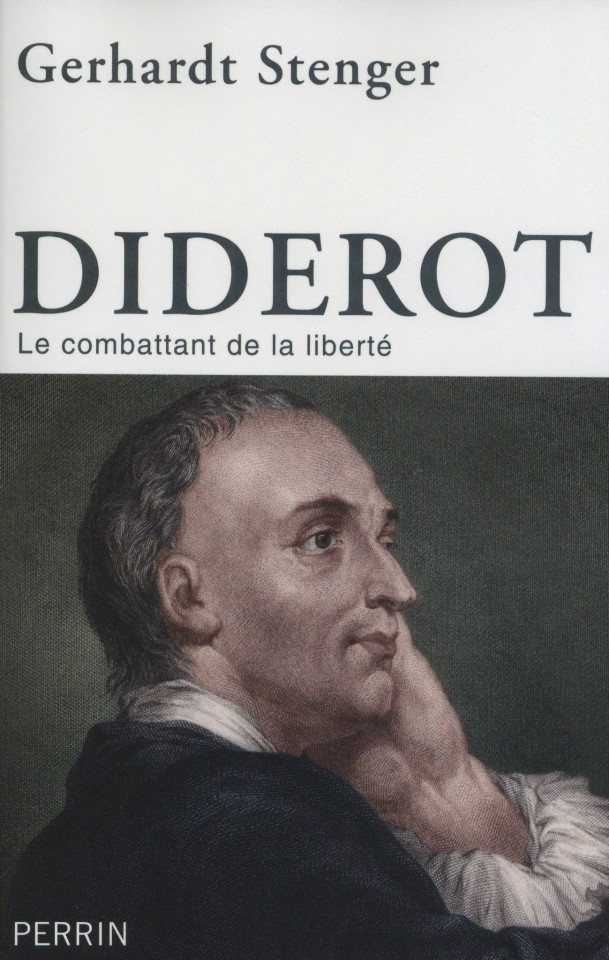
0 notes
Text

More Saints of the Day April 2
St. Francis of Paola
St. Abundius
St. Amphianus
St. Appian
St. Bronach
St. Dominic Tuoc
St. Ebba the Younger
St. Longis & Agnofleda
St. Mary of Egypt
St. Musa of Rome
St. Nicetius of Lyons
Bl. Olha Bida
St. Pedro Calungsod
Bl. Peter Verhun
St. Polycarp of Alexandria
Bl. Roman Lysko
Bl. Severian Baranyk
Bl. Simeon Lukach
Bl. Tarsykia Matskiv
St. Theodosia
St. Urban of Langres
Bl. Vilmos Apor
Bl. Vitalij Bajrak
Bl. Volodymyr Pryjma
#catholic#blessed#saints#martyrs#pray for us#martyrs by soviets#moresaintsoftheday#holy eucharist#prayer
5 notes
·
View notes